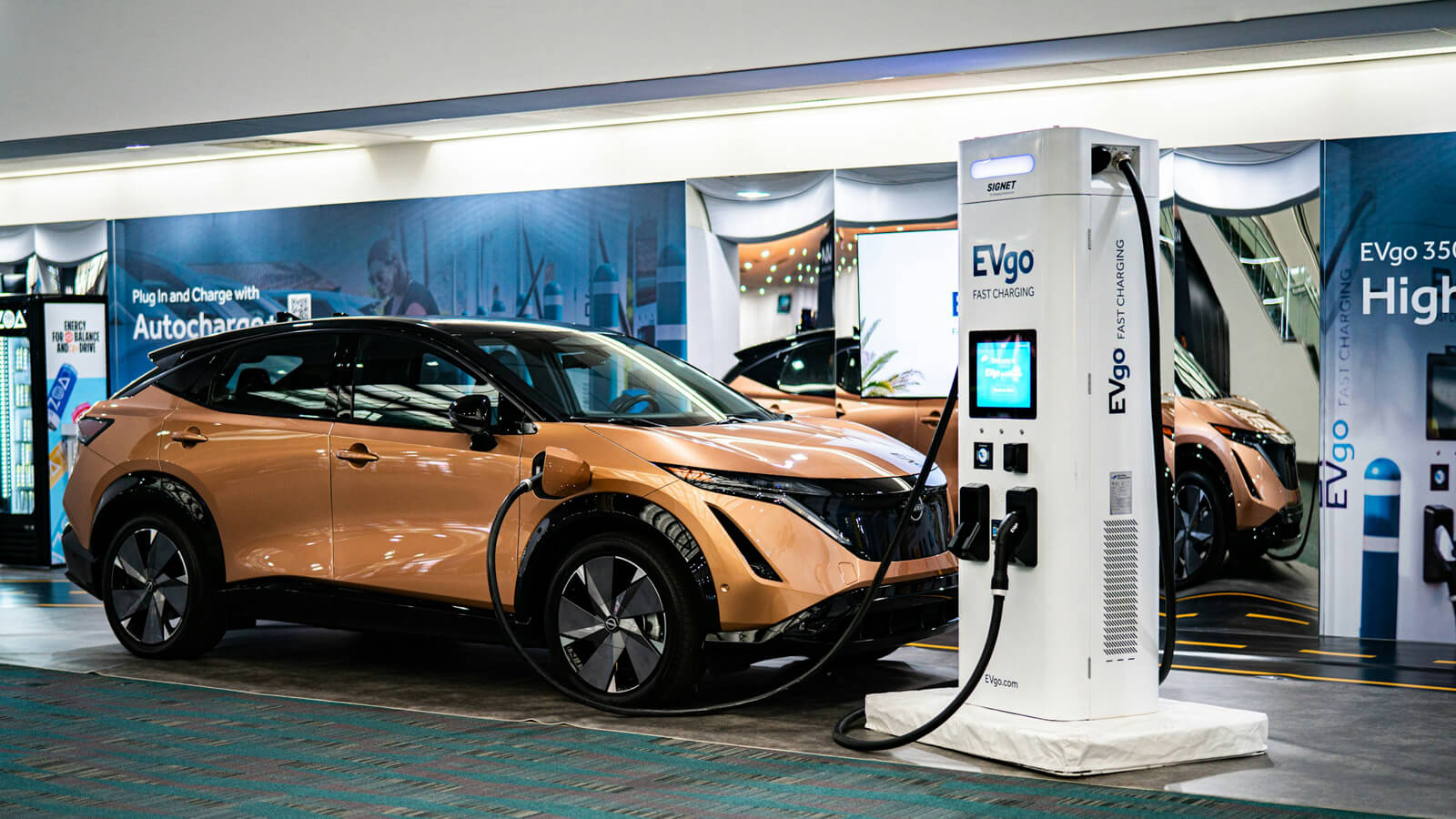
Neodymium magnets in electric vehicles: new battery and motor standards for 2025
The boom in electric vehicles (EVs) in 2025 drives demand for neodymium magnets, essential in traction motors and battery systems. With a projected 25% market growth, NdFeB (neodymium-iron-boron) magnets provide high efficiency and compactness. This article discusses technical specifications, new EU standards, material comparisons, global examples — including from Poland — and AI integration in autonomous vehicles[1].
The role of neodymium magnets in EV motors
Neodymium magnets generate strong magnetic fields, allowing compact motors with up to 300 kW of power and over 95% efficiency. In 2025, REE (rare earth element) demand in EVs will rise by 70%, with neodymium leading — each vehicle requires 1–2 kg of neodymium[2]. Examples: Tesla Model Y uses NdFeB magnets improving range by 20%, and NIO ET7 integrates them for better performance[3]. These magnets are essential in permanent magnet synchronous motors (PMSM), used in 95% of EVs, offering higher torque than induction motors[4].
Compared to older technologies, NdFeB magnets reduce motor weight by about 30%, extending battery range[5].
New battery and motor standards in 2025
The EU introduces the Battery Regulation 2023/1542, requiring from February 2025 the recycling of EV batteries >2 kWh and digital passports from 2026, promoting sustainable REEs[6]. For motors, CO₂ emission standards favor efficiency, with NdFeB remaining dominant despite REE reduction efforts. In 2025, the EU requires 10% REE recycling in new vehicles, affecting neodymium prices (rising to 60–70 USD/kg)[7].
These regulations drive innovation, such as hybrid motors with reduced neodymium use[8].
Comparison with Other Materials in EV Motors
NdFeB dominates, but alternatives are growing due to dependence on China (about 80% of REE production).
| Parameter | NdFeB (Neodymium) | SmCo (Samarium-Cobalt) | Ferrite | Induction (No Magnets) |
|---|---|---|---|---|
| Magnetic strength | 1.4 T | 1.0 – 1.2 T | 0.4 T | None |
| Operating temperature | Up to 200 °C | Up to 350 °C | Up to 250 °C | Up to 180 °C |
| Cost (2025) | 100 – 150 USD/kg | 200 – 300 USD/kg | 20 – 50 USD/kg | Lower (no REE) |
| Efficiency in EV | 95 %+ | 90 – 95 % | 80 – 85 % | 85 – 90 % |
| Applications | Traction motors, sensors | High-temperature (aerospace) | Low-cost EVs | Models without REE |
NdFeB magnets excel in efficiency, but SmCo performs better under heat. Ferrite magnets are cheaper but weaker — BMW tests them in the i3 to reduce REE use[9]. Induction motors (in some models) remove magnets entirely, but lose 5–10% efficiency[10]. In 2025, NdFeB-ferrite hybrids may cut costs by around 20%[11].
Examples of implementation in Poland and worldwide
In Poland, growing EV production (e.g., VW factories in Poznań) integrates NdFeB magnets. Examples: Izera, a Polish EV startup, uses neodymium magnets in 150 kW motors. In 2025, Solaris Bus & Coach implements NdFeB in electric buses, improving efficiency by ~15%. Globally: Tesla Gigafactory Berlin produces NdFeB motors, and NIO uses them in autonomous ET5/ET7 models with magnetic sensors[12][13][14][15].
AI integration in autonomous vehicles (magnets in sensors)
In 2025, AI optimizes EVs, with neodymium magnets in sensors (e.g., Hall effect) enabling precise magnetic field measurements for ADAS. AI predicts battery usage by integrating NdFeB sensor data, improving autonomy by ~10%[16]. Examples: Waymo solutions (lidar/radar) and FSD systems[17]. In Poland, AI-driven EV sensor systems based on NdFeB are in development.
Future in 2025 and beyond
The NdFeB market for EVs may grow to around USD 5 billion in Europe by 2035, with REE recycling reaching 10% of supply[19]. Challenges include geopolitics (export limits), but AI-assisted design helps reduce heavy REE use[20].
Source:
- [1] - IEA – Global EV Outlook 2025
- [2] - Why Rare Earths Are Critical to EV Motors
- [3] - Rare Earth Magnets in Electric Vehicle Motors
- [4] - EIT RawMaterials – Rare Earth Magnets and Motors: A European Call for Action
- [5] - IDTechEx – Magnetic materials that could replace REEs in EV motors
- [6] - EU battery passport regulation requirements
- [7] - USGS – Mineral Commodity Summaries 2025
- [8] - Will the EU have enough minerals to drive their electric dreams by 2030?
- [9] - Neodymium vs. SmCo Magnets for Hybrid Electric Vehicles
- [10] - Electric Vehicle Motors Free of Rare-Earth Elements—An Overview
- [11] - Emerging magnetic materials for electric vehicle drive motors
- [12] - IEA – The Role of Critical Minerals in Clean Energy Transitions
- [13] - The Current State of the Neodymium Magnet Industry
- [14] - EV makers line up at Europe’s only rare-earth magnets site
- [15] - Applications of neodymium magnets in electric motors
- [16] - Global Rare Earth Magnet for EVs Market: Impact of AI
- [17] - Next-gen magnetic field sensors powering smart devices and EVs
- [18] - Neodymium Magnet Market Forecasts Report 2025–2030
- [19] - Rare earth magnet market for EVs could be worth $5bn in Europe
- [20] - 2025 to be a defining year for the rare earth magnet market
Tags:
wtorek 2025-07-15T10:00:00

